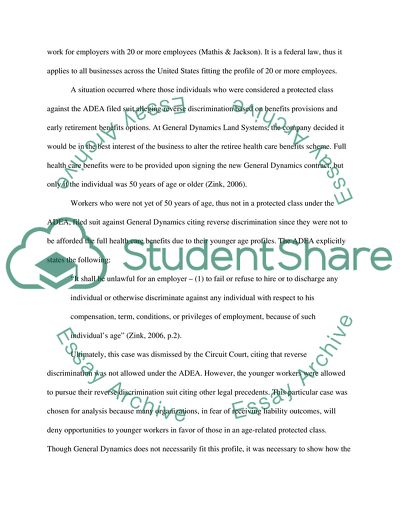Cite this document
(Business Ethics Reverse Discrimination in the Workplace Coursework Example | Topics and Well Written Essays - 1250 words - 1, n.d.)
Business Ethics Reverse Discrimination in the Workplace Coursework Example | Topics and Well Written Essays - 1250 words - 1. https://studentshare.org/ethics/1759311-business-ethics-reverse-discrimination
Business Ethics Reverse Discrimination in the Workplace Coursework Example | Topics and Well Written Essays - 1250 words - 1. https://studentshare.org/ethics/1759311-business-ethics-reverse-discrimination
(Business Ethics Reverse Discrimination in the Workplace Coursework Example | Topics and Well Written Essays - 1250 Words - 1)
Business Ethics Reverse Discrimination in the Workplace Coursework Example | Topics and Well Written Essays - 1250 Words - 1. https://studentshare.org/ethics/1759311-business-ethics-reverse-discrimination.
Business Ethics Reverse Discrimination in the Workplace Coursework Example | Topics and Well Written Essays - 1250 Words - 1. https://studentshare.org/ethics/1759311-business-ethics-reverse-discrimination.
“Business Ethics Reverse Discrimination in the Workplace Coursework Example | Topics and Well Written Essays - 1250 Words - 1”. https://studentshare.org/ethics/1759311-business-ethics-reverse-discrimination.


